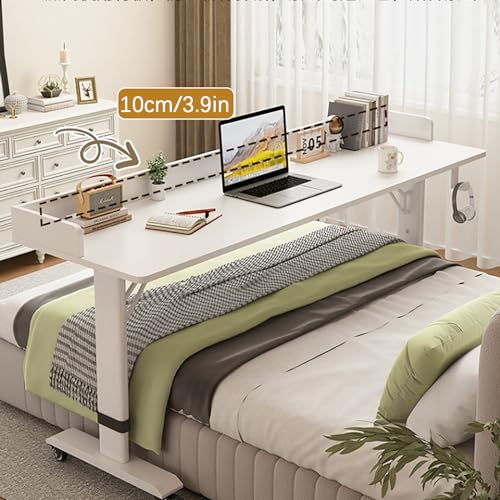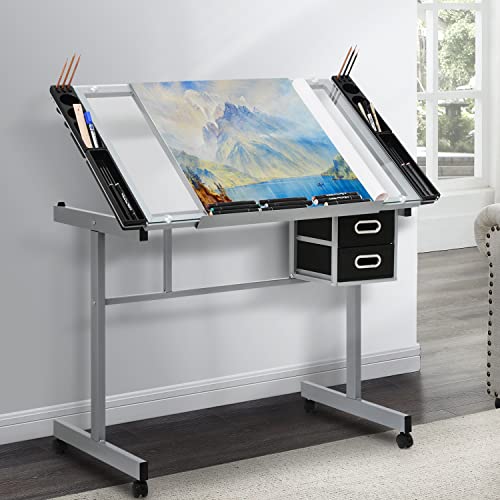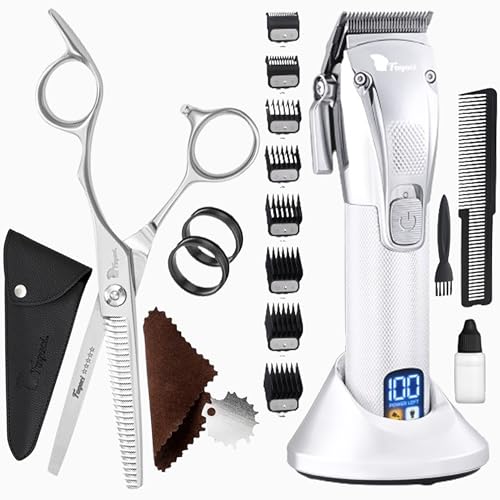Imagine turning your love for decorating into a successful interior design business. I’ll show you how to begin an interior design business that showcases your creativity and solid business skills. In this detailed guide on how to start, you’ll learn the key steps and strategies. They will help you confidently start your own interior design company. The design world in 2024 thrives on innovation, vision, and business savvy. These are the essentials for a successful interior design business.
Let’s start the exciting journey of making your dream a reality. With my guidance and your design talent, you’re on the path to launching your brand. The demand for beautiful interiors is growing. Now is your chance to stand out.
Key Takeaways
- Constructing a comprehensive business plan is the bedrock of success.
- Know your market: demand for interior design services is soaring.
- Defining a clear financial and marketing strategy is imperative.
- Thorough competitive analysis helps to pinpoint your unique advantage.
- Email crafters of design: the market is awaiting your visionary concepts.
Laying the Foundation: Crafting a Business Plan Tailored for Interior Design Success
Starting your own interior design business is both exciting and challenging. The first step to success is creating a strong business plan. This plan is not just paperwork. It’s a detailed map that leads your business to success in the design industry. Let’s explore why having a business plan is crucial and how to make one that will tell your success story.
Why an Interior Design Business Plan is Your Blueprint for Success
A detailed business plan is like your company’s guiding star. It matches your vision with real goals and strategies. It helps you show your business idea to potential clients, investors, and partners. This plan makes you more confident to compete in the market. With it, you’re planning sales and creating a decision-making framework.

BEYGORM Acrylic Monitor Stand Riser, Wide 20″, 2 Tier Computer with Storage, Desk Organizer Desktop Printer Laptop Storage Shelf Screen Holder Phone Holder(Clear)
Mastering the Essential Components of Your Business Plan
Creating a business plan for your interior design business needs both analytics and creativity. Each part, from the executive summary to the financial plan, should be carefully made. Your plan must present a clear and appealing picture of what you want your business to achieve. Below, we detail the key parts your business plan must cover:
| Component | Description | Purpose and Benefit |
|---|---|---|
| Executive Summary | A snapshot of your business’s mission, vision, and concept. | Serves as an elevator pitch to quickly engage and inform stakeholders about the essence of your business. |
| Company Description | Shows your business’s background, structure, and values with a SWOT analysis. | Provides a deep look at what makes your business strong or weak. |
| Market Analysis | An in-depth look at your clients and the demand in the market. | Finds market trends, sets sales goals, and helps understand potential clients. |
| Marketing Strategy | Explains how you’ll draw in and keep clients using branding and promotional actions. | Makes sure you’re efficiently reaching the right people with your brand. |
| Financial Projections | Includes forecasts of profit, cash flow, and a break-even analysis. | Essential for proving your business can be profitable and securing funding. |
To guide your entrepreneurial journey, understand and utilize these plan components. Your business plan brings clarity and aims for a strong position in the design industry. Remember, your business plan should grow and change with your business. Regular updates ensure it stays relevant, keeping you ready to attract new clients and investors crucial for your journey.
Unlocking the Secrets of the Design Industry: A Competitive and Market Analysis
I stepped into the colorful world of interior design with a goal. I had to know the interior design industry well. By studying the market and competitors, I saw my design firm could be unique. It could stand out as a new torch of new interior design, shining with innovation and style. Here’s how analysis helped my business stand out in a busy market.

I began by asking: Who needs interior design services? Discovering the demographics of my target market was key. By knowing their age, income, lifestyle, and more, I could tailor my designs precisely. It’s more than selling a service. It’s about enhancing the lives of those who inhabit the spaces I design.
Understanding the interior design market is like predicting fashion trends. You must stay ahead, seeing how society’s changes will shape future design preferences.
I looked at what other design firms were doing next. I asked myself about oversaturated services and growth opportunities. This helped me find a unique spot for my firm. By focusing on sustainability and technology, I positioned myself as an innovator in a field that thrives on evolution.
- Understanding Market Size and Growth Potential
- Identifying Demographic Patterns and Preferences
- Assessing Competitor Offerings and Pricing Strategies
- Spotlighting Emerging Trends in Interior Design
After in-depth market study, I saw the interior design industry is vibrant with opportunity. Right marketing strategies aligned with my audience’s core values and styles are crucial. This not only helps survival but spurs growth in this competitive field.
| Demographics | Need Alignment | Service Differentiation |
|---|---|---|
| Young Professionals | Smart Home Integrations | Custom Technological Implementations |
| Mid-Age Homeowners | Eco-Friendly Materials | Sustainable and Green Designs |
| Retirees | Accessibility and Comfort | Age-In-Place Modifications |
My deep dive into market and competitive analysis revealed new paths. This journey has been rich with learning about positioning my firm and predicting demand for interior design services. With this insight, I’m ready to change spaces and exceed expectations.
Design Integrity: Developing Your Unique Selling Proposition and Design Aesthetic
Creating a big impact in a competitive environment is key for any interior designer. A brand is much more than logos or colors. It’s the vision and values promised to clients. This vision should shine through every part of my work, from the first idea to the final touch.
Creating a Distinguished Brand and Cohesive Image
A strong brand is not just about looks. It reveals my professional ethos as an interior designer. I aim to create a unified image that tells a story. A story that connects with clients on a deep level. This means combining design with narrative, showing what makes my brand special.
Finding Your Voice in a Saturated Market
In a field full of talent, standing out is essential. I focus on understanding what my ideal clients want. Then, I put those insights into my designs. This approach helps me develop a unique style. A style that clients look for when they want a space that reflects their identity.
Design integrity comes from the courage to offer new ideas and the commitment to quality. It’s also about having a clear vision for our creations. My unique selling point combines creativity with satisfying clients. This creates unforgettable spaces and experiences.
Marketing Mastery: Strategies to Showcase Your Interior Design Business
As an interior designer, my skills go beyond creating beautiful spaces. I use smart marketing strategies to grow my brand. A strong marketing plan includes an online presence, SEO knowledge, and active social media use. These help me stand out in the competitive digital world.

Design work is about visuals. That’s why Instagram and Pinterest are great for showing my work. I connect with people who love design. I use tips from experts, found here, to improve my social media game. This helps me attract more clients and peers.
Building a Strong Online Presence Through SEO and Social Media
To boost my online presence, I focus on SEO. I make sure those looking for an interior designer find me easily. I use keywords, write great meta descriptions, and get quality backlinks. All these increase my site’s organic traffic, bringing in more clients.
Effective Networking: Crafting Relationships with Clients and Vendors
Networking isn’t just online. I build relationships with clients and vendors offline too. Every meetup can open new doors. The IIDA’s mentorship program shows how valuable these relationships can be. It gives new designers a chance to learn and grow.
I pay attention to everything. This includes small details in drawings and conversations with clients. I’m organized and good with tech tools like Autodesk 3Ds Max and SketchUp. Being able to manage time well is key. In some states, these skills are a must for passing professional exams.
Being a successful interior designer involves understanding both fabric and people. This blend enhances my work and my career path.
Minding the Details: Essential Tools and Operations for Your Business
When I started my interior business, I learned success is more than good design. It means getting everyday operations right. One key step was making sure I had professional business cards. They show the world who I am and what I do.
Choosing the right office space was crucial. It had to be a place where ideas can grow but also get things done. For our work, tools like Adobe Creative Suite and SketchUp were game-changers. They made our work look better and easier to do.
Staying organized with project management tools is a must. Trello and Asana help me manage my projects well. For money matters, I asked for help from the IRS and picked software like Xero and Honeybook. Getting legal stuff right meant calling the U.S. Small Business Administration for help.
Creating a website was easy with tools like WordPress and Squarespace. Selecting five keywords captured my brand’s spirit. This made it easy for others to understand what we stand for.
Branding is about consistency. I made sure every choice reflected my business values. For those starting out, here are tools and contacts that really helped me:
| Category | Resource | Contact/Tool |
|---|---|---|
| Accounting | Software | Xero, Honeybook |
| Legal Aid | Licensing | U.S. Small Business Administration |
| Web Development | Website Builders | WordPress, Squarespace, Wix |
| Project Management | Tools | Trello, Asana |
| Marketing | Branding | Custom Business Cards |
Learning about operations and tools changed my interior business for the better. These resources made us more ready to face challenges. To those on the same path, focus on details. It will lift your work to higher levels.
Conclusion: Embracing the Journey of Your Interior Design Entrepreneurship
Starting your own business in interior design is exciting and challenging. It combines artistic talent with good business sense. To start, you’ll need a business license, business insurance, and a dedicated bank account. These steps are crucial for a professional and trustworthy business.

Wireless Keyboard and Mouse, KOOTOP Cute Keyboard and Mouse, 2.4G Wireless Keyboard with Retro Round Keycap for PC, Mac, Laptop,Tablet,Computer Windows (Milk Tea)
Working with colors and designs is fun, but it’s also important to set up your business correctly. Registering your business properly protects both you and your business. This shows clients that you are serious and responsible. Balancing creative design with solid business practices ensures long-term success.
The journey of building an interior design business is rewarding. Every step, from the first idea to the final design, adds to your success. Building strong client relationships, solving design problems creatively, and handling tasks efficiently helps create a legacy. Let’s look forward to a future filled with success, dedication, and beautiful design.













No responses yet